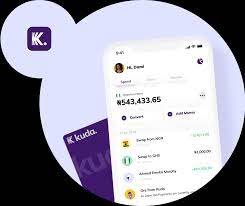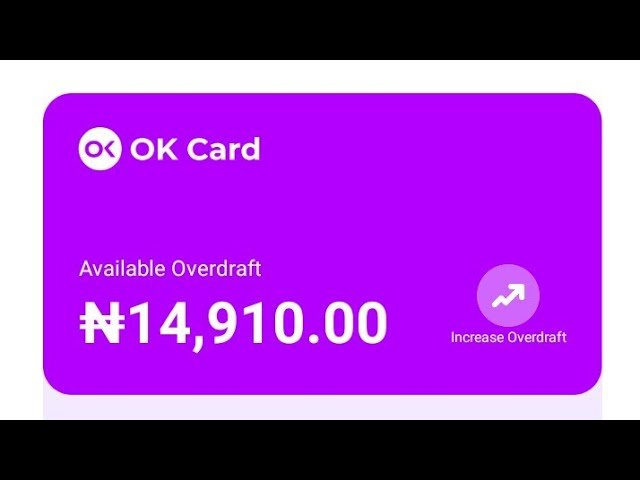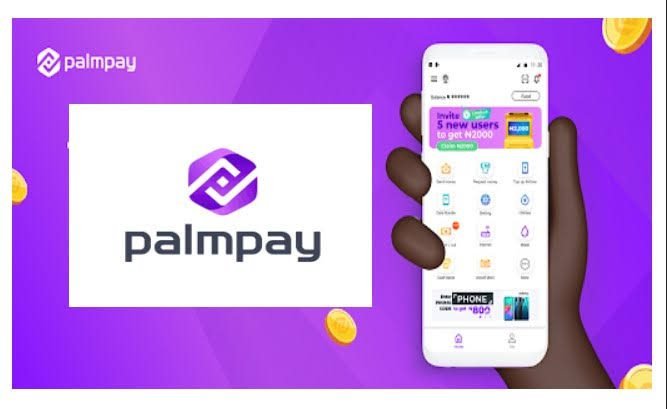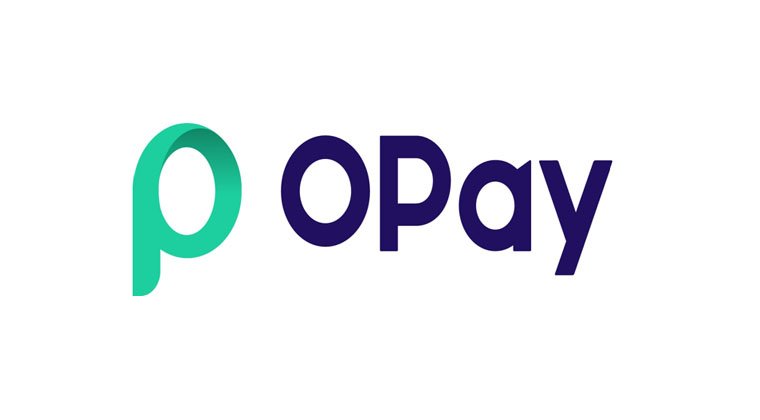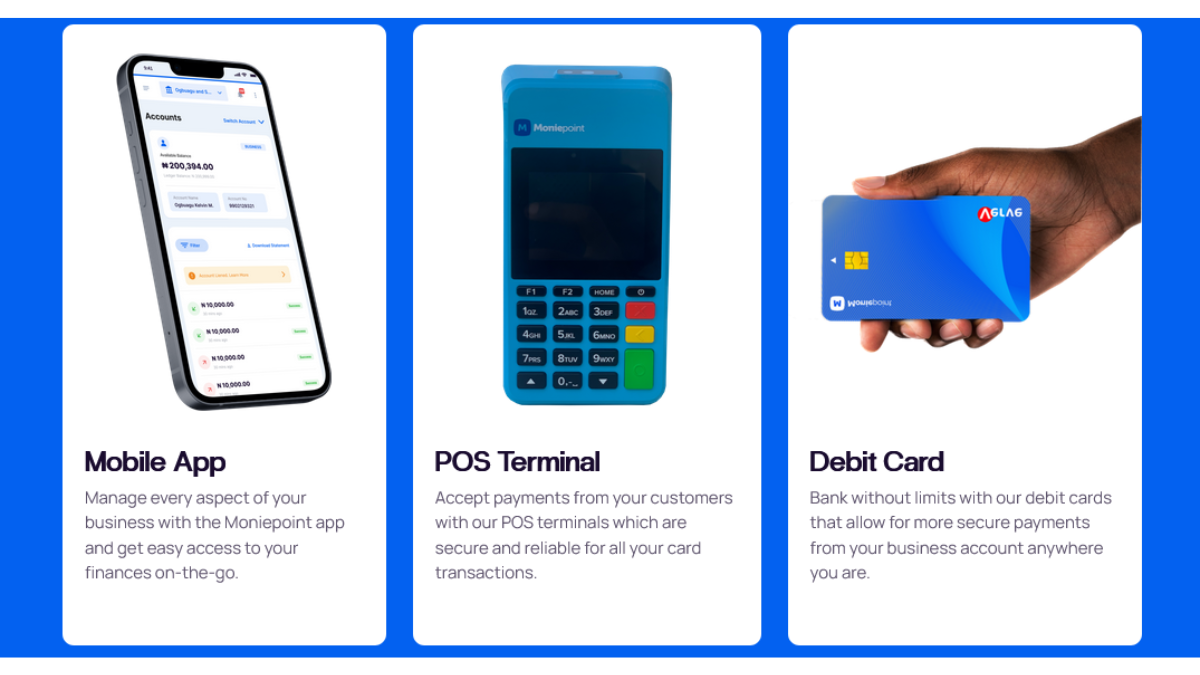QuickCheck is a financial technology (fintech) company that offers digital lending services in Nigeria and other countries. It aims to provide individuals with convenient access to short-term loans through its mobile app. QuickCheck leverages technology to streamline the loan application process, making it faster and more accessible for people who need quick financial assistance.
In this post, we will provide you with step-by-step instructions on how to easily and securely close, delete or deactivate your Quickcheck account.
We will also discuss why you may choose one of these options over the other. Read on to learn more about how to take control of your Quickcheck account.
Why You Might Want to Close or Delete Your Quickcheck Account
- Privacy concerns: If you have privacy concerns and do not want your personal information to be stored or accessed by Quickcheck, closing or deleting your account is a viable option.
- Inactive account: If you no longer use Quickcheck or find it useful, closing or deleting your account can help declutter your online presence and remove unnecessary accounts.
- Security breaches: If Quickcheck has experienced any security breaches or you suspect unauthorized access to your account, it may be wise to close or delete your account to protect your personal and financial information.
- Unwanted emails or notifications: If you are receiving too many emails or notifications from Quickcheck and find them bothersome, closing or deleting your account can help stop the flow of these unwanted messages.
- Concerns about data misuse: If you are worried about how Quickcheck may use or share your data, closing or deleting your account can give you peace of mind and control over your information.
Remember, closing, deleting, or deactivating your Quickcheck account is a personal decision and should be based on your specific needs and concerns. Make sure to consider all factors before taking this step and follow the proper instructions to ensure a smooth process.
Things To Know Before Closing Your Account
Before you proceed with closing, deleting, or deactivating your Quickcheck account, there are a few important things you should know:
- Account recovery: Once you close or delete your Quickcheck account, it may not be possible to recover it. Make sure you have considered all factors and have a backup plan if you think you might need to access your account in the future.
- Linked services: If you have linked your Quickcheck account to other services or platforms, such as social media accounts, consider the impact closing your Quickcheck account may have on those linked services. It is advisable to review and remove any connections or authorizations before closing your account.
- Outstanding balances: If you have any outstanding balances or dues on your Quickcheck account, it is important to settle them before closing your account. Failure to do so may result in negative consequences, such as impacting your credit score or incurring additional fees.
- Subscription cancellation: If you have any active subscriptions or recurring payments linked to your Quickcheck account, make sure to cancel them before closing your account. This will prevent any unexpected charges or disruptions in service.
- Account data: Before closing your account, consider downloading or saving any important data or information associated with your Quickcheck account. Once your account is closed or deleted, it may not be possible to retrieve this data.
Remember, closing, deleting, or deactivating your Quickcheck account is a personal decision. Make sure to consider these factors and any others specific to your situation before proceeding.
How to Close, Delete or Deactivate your Quickcheck Account Easily
To close, delete, or deactivate your Quickcheck account, follow these easy steps:
- Login to your Quickcheck account: Visit the Quickcheck website or open the app on your device and login with your username and password.
- Access account settings: Once logged in, navigate to your account settings. Look for an option like “Account Settings” or “Profile Settings” in the menu or dropdown list.
- Choose the account closure option: In the account settings, look for an option that allows you to close, delete, or deactivate your account. It may be labeled differently depending on the platform.
- Follow the prompts: Once you select the closure option, Quickcheck will likely provide you with some prompts or questions to confirm your decision. Read them carefully and follow the instructions.
- Verify your identity: To ensure the security of your account, Quickcheck may ask you to verify your identity. This can be done through email verification, SMS verification, or by answering security questions.
- Confirm closure: After verifying your identity, Quickcheck will ask you to confirm your decision to close, delete, or deactivate your account. Double-check that this is the action you want to take and proceed accordingly.
- Check for confirmation: After completing the closure process, check for any confirmation message or email from Quickcheck stating that your account has been successfully closed, deleted, or deactivated.
Following these steps will allow you to easily and securely close, delete, or deactivate your Quickcheck account.
What happens when you close, delete or deactivate your account
When you close, delete, or deactivate your Quickcheck account, it is important to understand what happens to your data. Here are the key points to consider:
- Account information: Your personal information, such as your name, email address, and contact details, will be deleted or removed from Quickcheck’s database.
- Transaction history: Your transaction history, including details of loans and repayments, may be anonymized or stored for a certain period of time for regulatory or legal purposes. However, your personal information will no longer be associated with this data.
- Financial information: Any financial information, such as bank account details or credit card information, will be securely deleted from Quickcheck’s system.
- Access to your account: Once your account is closed, deleted, or deactivated, you will no longer be able to access it or use any of Quickcheck’s services.
- Data retention policies: Quickcheck may have specific data retention policies in place, which determine how long they keep certain types of data. It is advisable to review their privacy policy or contact their customer support for more information on their data retention practices.
Remember, it is important to review and understand the specific data handling and retention practices of Quickcheck before closing, deleting, or deactivating your account.
Read Also: How to Close, Delete or Deactivate your Easemoni Account Easily
FAQS
How do I delete my QuickCheck account?
To delete your QuickCheck account, you might need to follow these general steps:
- Step 1: Contact Support – Reach out to QuickCheck’s customer support through their official website, email, or designated contact methods.
- Step 2: Request Account Deletion – Express your intention to delete your account and provide the necessary information.
- Step 3: Verification – Be prepared for verification steps to confirm your identity and account ownership.
- Step 4: Follow Instructions – Adhere to any guidance provided by the support team to finalize the account deletion process.
Account deletion might involve specific procedures and waiting periods to ensure security.
Can a loan app block my bank account?
While a loan app cannot directly block your bank account, they might take certain actions if you default on loan payments. These actions can include reporting your debt to credit bureaus, initiating collection efforts, and potentially obtaining legal judgment against you. However, to block a bank account, a creditor would typically need to go through legal channels and obtain a court order.
What happens if I don’t pay my FairMoney loan?
If you fail to repay your FairMoney loan according to the agreed terms, several consequences may occur:
- Late Fees: Late payment fees could be added to your outstanding balance.
- Interest Accumulation: Interest may continue to accumulate on the unpaid balance.
- Negative Credit Reporting: Your non-payment might be reported to credit bureaus, affecting your credit score.
- Collection Efforts: FairMoney could initiate collection efforts to recover the unpaid debt.
It’s important to communicate with FairMoney if you’re facing difficulties and explore possible repayment solutions.
How do I email QuickCheck?
To email QuickCheck, follow these steps:
- Step 1: Open Email Client – Open your email application or client.
- Step 2: Compose New Email – Create a new email.
- Step 3: Enter Email Address – In the recipient field, enter QuickCheck’s official email address. This is usually available on their website or app.
- Step 4: Write Your Email – Write your message, including the subject and the content of your inquiry or request.
- Step 5: Send Email – Once your email is ready, hit the “Send” button to forward your message to QuickCheck.
How do I pay my QuickCheck loan?
To pay your QuickCheck loan, follow these general steps:
- Step 1: Open App – Open the QuickCheck app on your device.
- Step 2: Navigate to Payments – Find the section within the app related to loan payments or repayment.
- Step 3: Enter Payment Details – Enter the required payment details, which typically include the loan amount and any additional fees.
- Step 4: Choose Payment Method – Select your preferred payment method, which could include bank transfer or mobile money.
- Step 5: Complete Payment – Follow the prompts to complete the payment. You might receive a confirmation once the payment is successful.
Conclusion
In conclusion, closing, deleting, or deactivating your Quickcheck account is a personal decision that should be based on your specific needs and concerns. Whether you have privacy concerns, an inactive account, security breaches, unwanted emails or notifications, or concerns about data misuse, taking control of your Quickcheck account is an important step toward protecting your personal and financial information.
By taking the necessary steps to close, delete, or deactivate your Quickcheck account, you can have peace of mind knowing that your personal information is protected and your online presence is decluttered.

